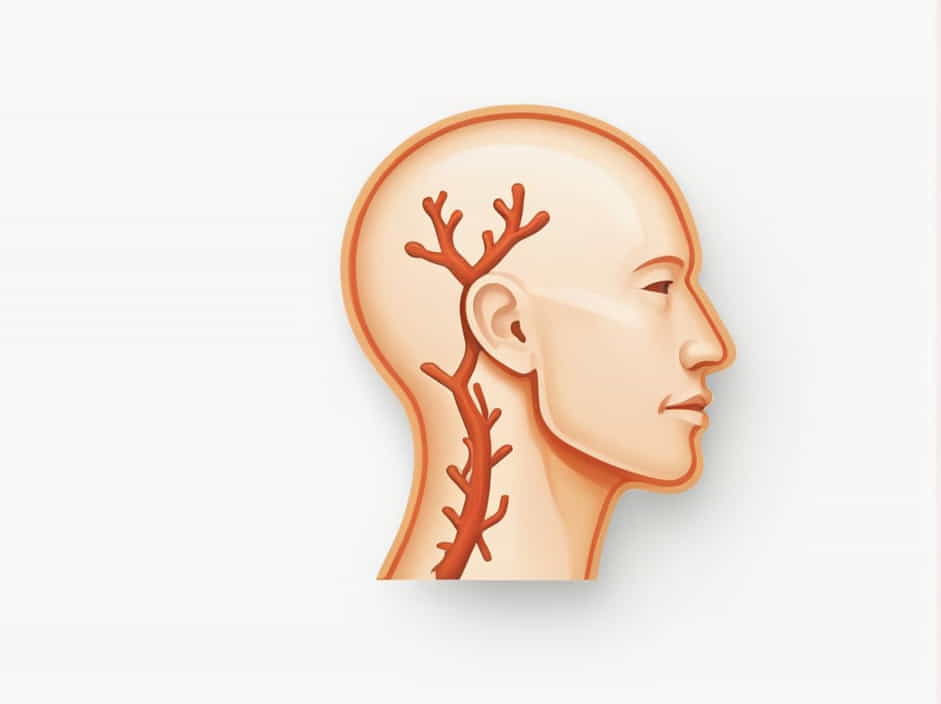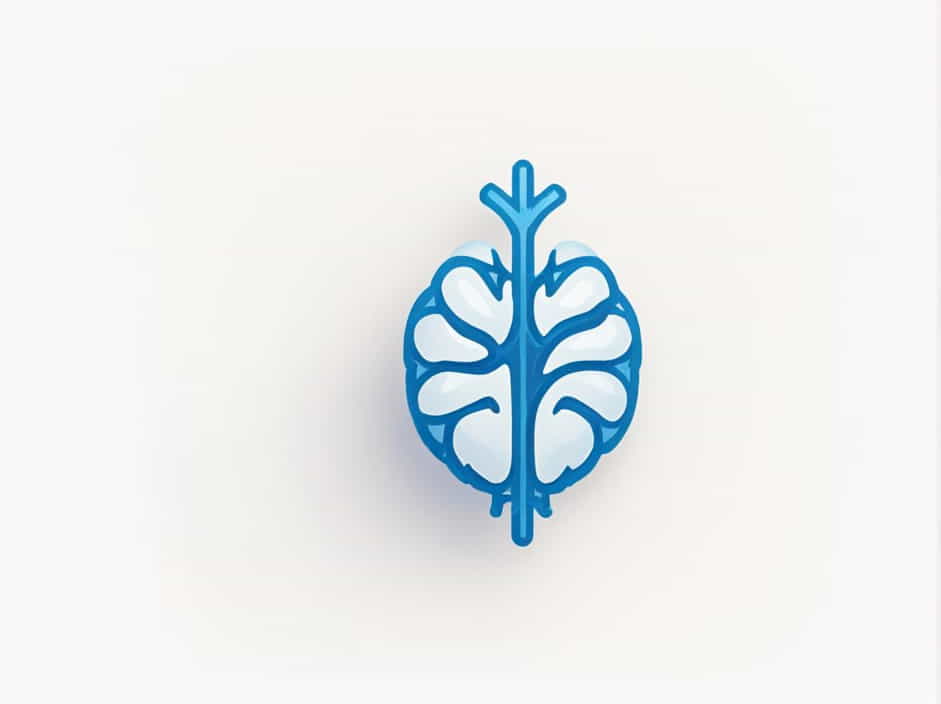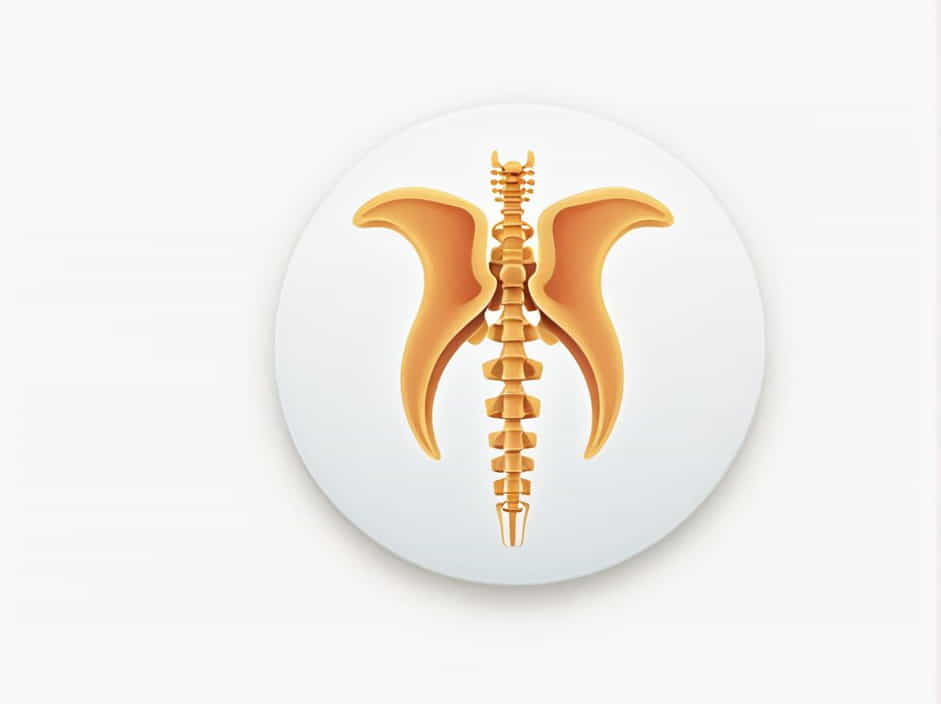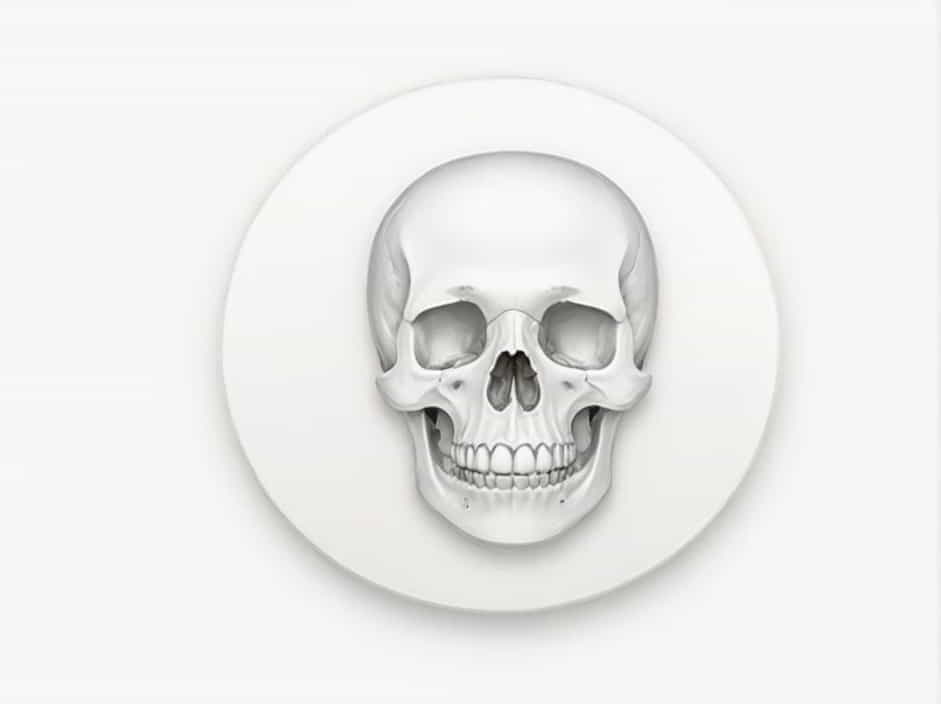Order The Layers Of The Meninges From Outermost To Innermost
The meninges are three protective layers that cover the brain and spinal cord, providing structural support, cushioning, and protection against injury and infection. These layers, arranged from outermost to innermost, are the dura mater, arachnoid mater, and pia mater. Each layer has a specific function and plays a crucial role in maintaining the central nervous … Read more









